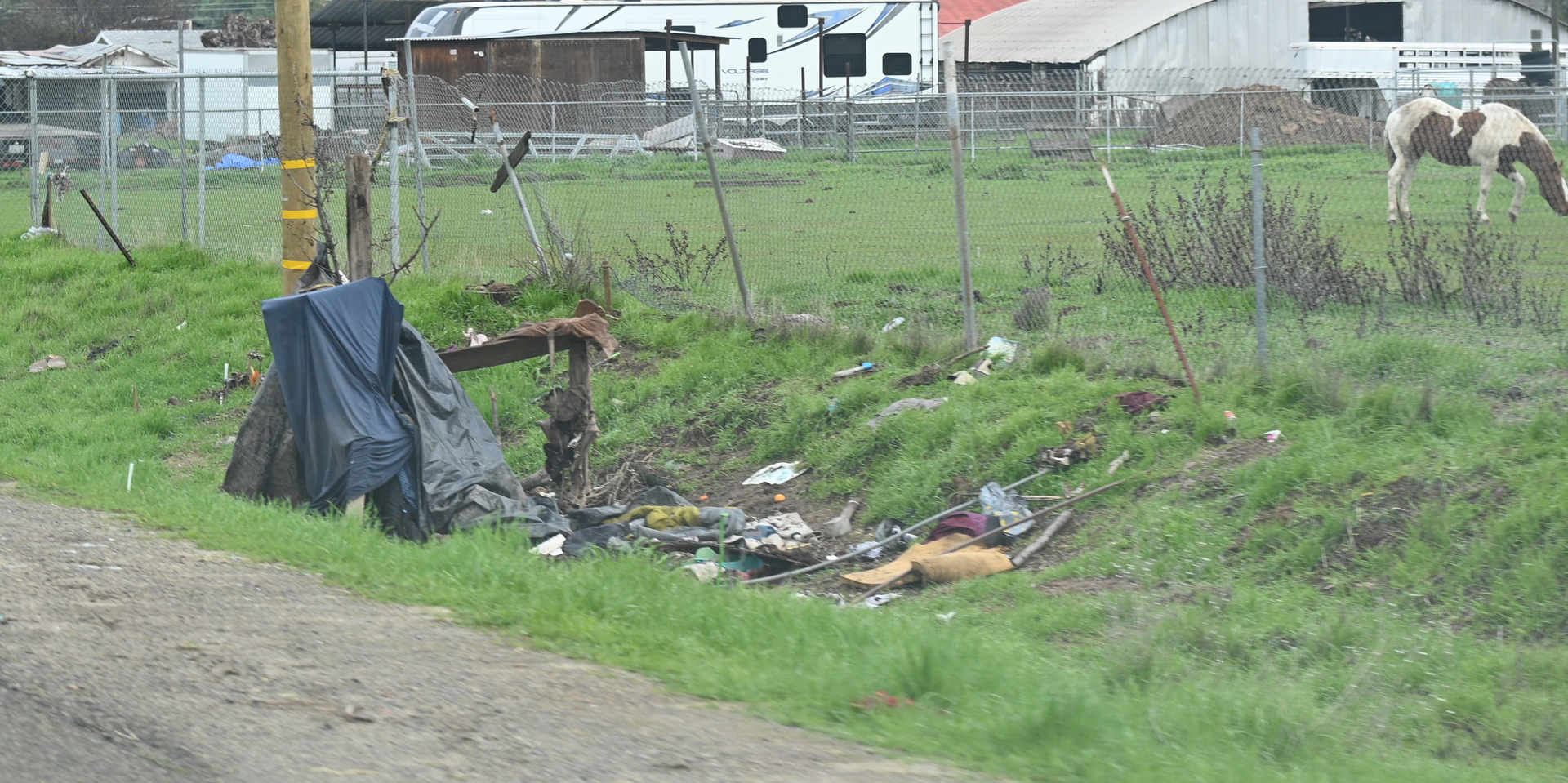Effects of the 'Unhoused'
The effects of homelessness to an area's economic condition in urban growth planning

What is it to be homeless? To the majority of homeless people, it’s a situation of poverty. Becoming homeless is like succumbing to hopelessness. Being in a situation of economic poverty creates an environment of depression. Being in a depressed state of mind produces hopelessness and a negative environment.
Look at the homeless camps. What do you see there? People, but what are they doing and who are they? There is no hope. There are no Tony Robbins motivational seminars going on. Only people looking to befriend others who are like them, looking for help to ease the pain of drowning in the sea of economic despair.
It’s a natural human instinct to react to conditions. When the weather is cold: wear more cloths, when it’s hot: wear less. What is the reaction to poverty? The desire is to have something, when there is a lack of things to hold onto, the natural reaction is to rummage through other people’s trash and find something desirable to hold onto. This aspect of homeless behavior is natural and understandable.
The other aspect is hopelessness. The natural reaction of depression is to make it stop. The term often heard on the homeless streets is “self-medication”. This is where the economics of America’s homeless crisis strikes its corrosion. The cause of yesteryear’s ‘bums’ were generally alcoholics unable to function in society. Their alcoholism was beyond the level of control. Alcoholics become victims of a shortened life through a long-term poisoning. But, the peak to the altered state of an alcohol high is to pass-out and sleep. In its trail it might leave bad consequences.
The modern-day version in the homeless camps growing like a pandemic throughout America’s cities is no longer exclusive to alcohol. Today’s drugs cause sleep deprivation. The streets of the homeless are filled with people who no longer function with cognitive human behavior. These people in the streets are products of non-human compunction, driven by addiction. This is a serious segment of immediate concern regarding economic damage. This goes beyond social demand for a polite cure.
There will always be poor people and people who are depressed. Drug addiction is not a valid segment to societal growth. This is an unnecessary form of brutality that people have illegally been subjected to. The question is: how can this growing segment of inhuman behavior be thwarted?
What is the economic cost from the loss of social productivity in this growing segment of society? Has the total number of homeless people in the US reached 1million? Or is it even more than that?
The question which needs an answer is how can people be freed from the brutal and inhumane slavery of drug addiction?
There is a controversial answer which brings a negative response to some people who support the slavery to homeless addiction. That answer, is spiritual awareness. Whoever denies the demand to halt the continuation and growth to America’s homeless crisis has no compassion, which is a legal but, an immoral stand. A person’s theology, spiritual awareness, and personal philosophies vary as much as the individualism of every separate fingerprint. There is no single option or specific path. The word: awareness, is the particular word of importance.
How is homelessness a component of urban growth planning? All people in a neighborhood are an integral part of that neighborhood. It doesn’t matter what type of personality they are or what they do, they are merely that part of that neighborhood. Every piece of property in that neighborhood pays taxes. Who pays taxes on the properties where the homeless camps are located? Who is paying taxes for the sidewalks and streets where people collect trash and defecate?
In urban planning, accommodation for all people has to be accounted for. America is built for equality within the confines of legality. To this protocol enters the essentials of sustainability. The Brundtland Commission (United Nations, 1983) established three fundamentals for urban growth sustainability: environmental, economic, and social. This non-partisan, non-hysterical or emotionally driven report; is a rational approach that provides attainable planning mechanisms for sustainable urban growth.
When guidelines are provided and not followed, what is the expected result? The path of peace is not discovered through jealousy and hatred. Successful urban planning is merely organized common sense.



